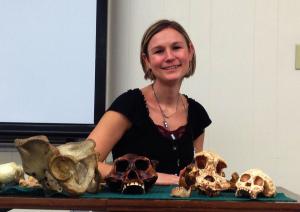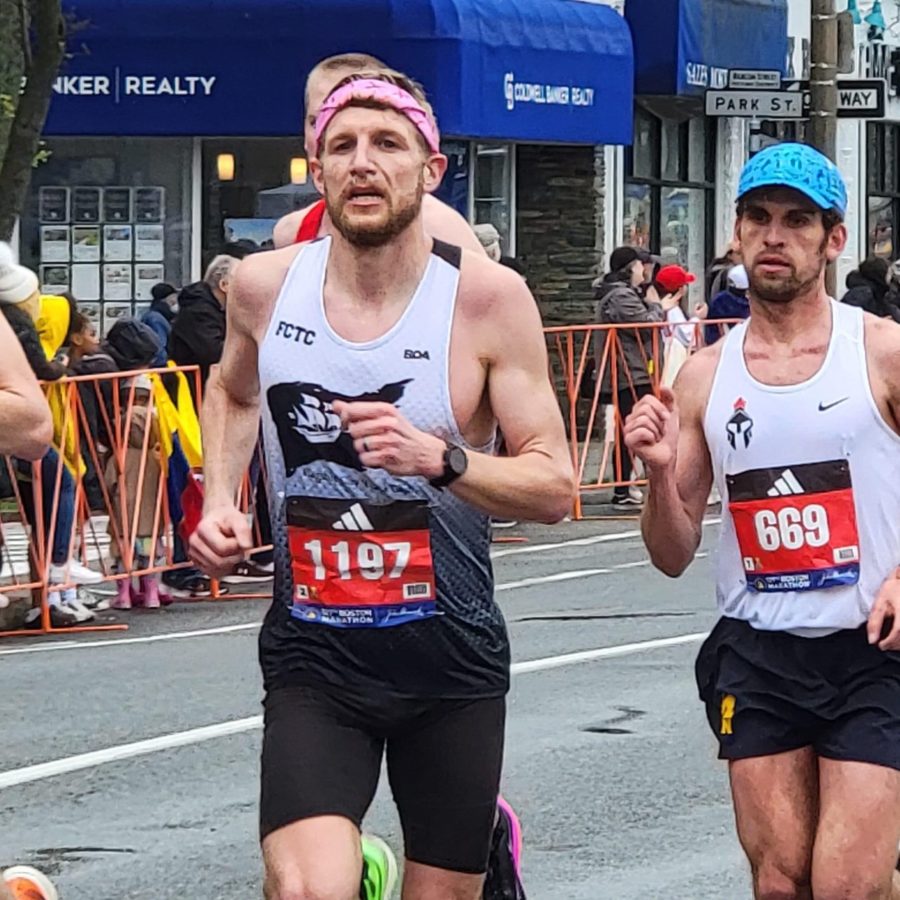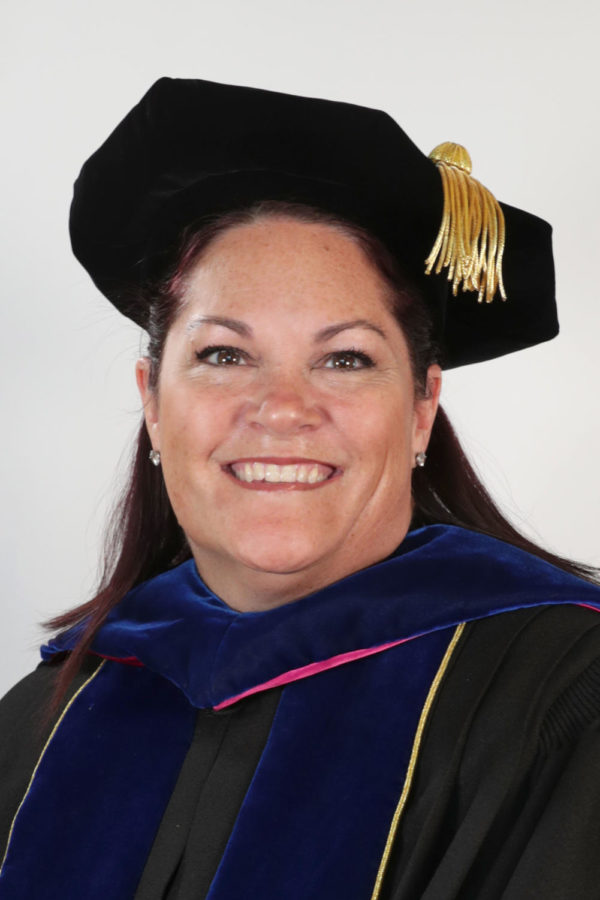 Casey Bleuel photo: Heather Garvin, Ph. D., will be heading to South Africa to study hominid fossils.
Casey Bleuel photo: Heather Garvin, Ph. D., will be heading to South Africa to study hominid fossils.
A Mercyhurst biological anthropology professor will spend the spring studying 1,200 hominid fossils in South Africa.
Heather Garvin, Ph.D., who has taught at Mercyhurst for a year and a half, was invited to fill a research position for “The Rising Star Workshop,” which is operated by University of Witwatersrand in Johannesburg. Garvin will join a team of approximately 30 scientists from May 6 to June 6 to analyze the remains.
She plans on using the 700 three-dimensional scans of human skulls and postcranial skeletal measurements she collected while working on her dissertation to help compare these hominid fossils to modern human variation.
The 1,200 fossils are all located in one cave, but scientists have little other information. Garvin said she has theories on how they all came to reside in the same place but added that one should go in with an open mind.
“A lot of my research has been looking at sexual dimorphism, not only how are males and females are different, but why are they different and why do we see variations in those differences,” said Garvin.
“For example, U.S. males and females tend to be more sexually dimorphic, meaning they show greater sex differences than what we see in Asian populations.”
Garvin received her master’s degree from Mercyhurst in biological and forensic anthropology in 2007 and her doctorate from John Hopkins University in functional anatomy and evolution.
She started off as an undergraduate at the University of Florida majoring in zoology, but discovered she could apply the same scientific principles to humans and switched focus to biological anthropology.
Her favorite research topic is modern human variation, especially in North American populations, considering that the U.S. is home to so many diverse groups.
Garvin explained that she wants to “understand why we are so different, why did this variation evolve in the first place. That’s why you have to look back in the paleo record, [to ask questions such as] why do we have chins? We don’t actually know why we have chins… they don’t show up until Neanderthals.”




